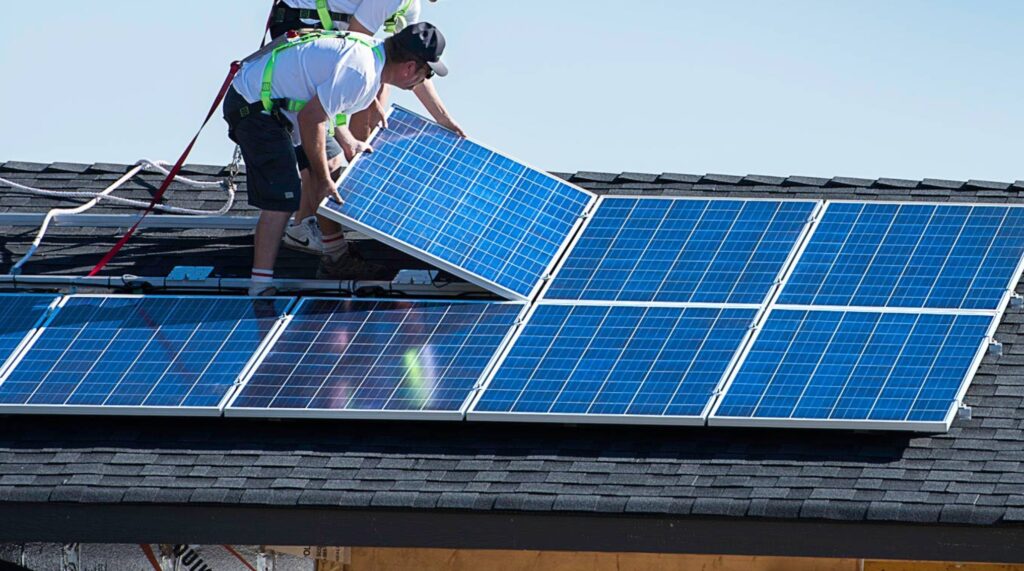Common effects that can affect the performance and reliability of photovoltaic (PV) modules include:
- Hot Spot Effect: The hot spot effect occurs when a shadow or partial shading on a PV module causes a reduction in the power output of the shaded cell(s). The shaded cell can become a “hot spot” as it absorbs more energy than it can dissipate, potentially leading to cell or module damage. To mitigate this effect, bypass diodes are often incorporated into PV modules to allow current to flow around the shaded area.
- Potential-Induced Degradation (PID): PID is a phenomenon where the electrical potential between the conductive parts of a PV module and the ground causes a leakage current to flow through the cells. This leakage current can lead to voltage degradation and reduced module efficiency over time. PID can be prevented or minimized through proper module design and grounding techniques.
- Light-Induced Degradation (LID): LID occurs when PV modules initially exhibit reduced efficiency immediately after installation due to exposure to sunlight. It is caused by a chemical reaction within the solar cells and is typically a temporary effect that improves over time as the cells stabilize. Manufacturers may “pre-condition” modules to minimize LID.
- Temperature Coefficients: PV modules are sensitive to temperature changes. High temperatures can decrease the efficiency of the modules, leading to reduced power output. PV modules are typically rated at standard test conditions (STC), and their actual performance can deviate significantly from these conditions depending on temperature variations.
- Mismatch Losses: Mismatch losses occur when PV modules within a string or array have different characteristics, such as current-voltage (I-V) curves or temperature coefficients. Mismatches can reduce the overall system efficiency because the weakest module in the string dictates the performance of the entire string.
- Soiling and Dust: Accumulation of dirt, dust, pollen, bird droppings, or other contaminants on the surface of PV modules can block sunlight and reduce their efficiency. Regular cleaning is important to maintain optimal performance.
- Aging and Degradation: Over time, PV modules can experience performance degradation due to factors such as UV exposure, temperature fluctuations, and humidity. Manufacturers typically provide degradation rates to estimate how much the module’s efficiency will decrease over its lifespan.
- Mechanical Stress: Mechanical stress from factors like hail, strong winds, or impact can lead to physical damage, such as microcracks in PV cells or module glass. These cracks may not always be visible but can affect long-term reliability.
- Inverter Issues: Inverters, which convert DC electricity from PV modules into AC electricity for use in buildings, can fail or operate suboptimally, affecting the overall system performance. Inverter maintenance and monitoring are important to detect and address issues promptly.
- Environmental Conditions: The geographic location of PV installations can affect their performance. Factors like latitude, altitude, and weather patterns can influence the amount of sunlight and temperature conditions the modules experience.
To maximize the efficiency and longevity of a PV system, it’s crucial to consider these effects during the design, installation, and maintenance phases and take appropriate measures to mitigate them. Regular monitoring and maintenance can help ensure the system continues to perform as expected.


